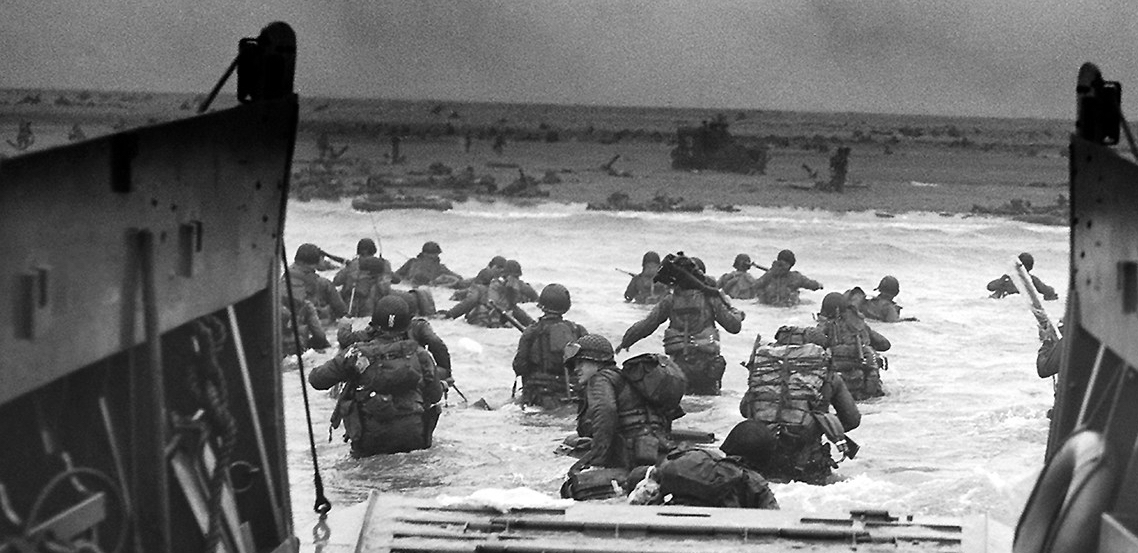Hardly anyone today would dispute the notion that America’s World War II effort was a just cause. Americans of that era have been hailed as the Greatest Generation due to their shared labor and sacrifice in the cause of liberty. Yet for many Americans, victory in 1945 against the Axis was bittersweet.
While Black service members served in freedom’s cause across the globe, they, their families, and friends faced the terrible scourge of racism both at home and overseas. In the case of Black Soldiers, the Army whose uniform they wore did not believe they were equal to their White brothers-in-arms. A 1925 Army War College report stated this position clearly:
The negro does not perform his share of civil duties in time of peace in proportion to his population. He has no leaders in industrial or commercial life. He takes no part in government. Compared to the white man he is admittedly of inferior mentality. He is inherently weak in character. 1
From our perspective in the 21st Century, these sentiments are blatantly racist, yet this was how the Army viewed Black men in the years before the war. In fact, this mindset did not change once America went to war in 1941.
Although Black Soldiers wore the uniform of their country, American society (and the Army) saw them as second-class citizens. Especially in the southern United States, they faced a racist ideology that viewed them not as American Soldiers, but through the broken prism of White supremacy.

The National Association for the Advancement of Colored People (NAACP) fought tirelessly to end segregation in the armed forces. Executive Secretary Walter Francis White travelled around the world on a fact-finding mission to learn how Black servicemen were treated (and mistreated). He also recorded their experiences and championed their cause to the highest level of government. His contacts included First Lady Eleanor Roosevelt, who believed that racial equality was a national security issue.
Each man who entered the Army took the Army General Classification Test, and was placed into an aptitude group based on how well he scored. For many Black recruits, this test only reinforced the racial inequality they had faced before joining the Army. Since many of them lived in areas with poor, or even no schools, their AGCT scores often reflected this lack of education. 2 While the Army’s leadership stuck to the rigid stance that its testing was colorblind, Black Soldiers wanted to fight for freedom, not just carry the freight.
The Army grudgingly relented to commissioning Black officers. Even they were treated as second class Soldiers, as described in this excerpt of a 1944 letter signed “A Negro Soldier”:
On August 31st 1943, a white private told a Negro Officer who had reprimanded him for not observing the ordinary military courtesy of a salute, if you would take your clothes off and lay them on the ground I would salute them but I wouldn’t salute anything that looks like you. The Officer called a Captain and told him of the incident. In the presence of the private, the Captain said, “Well Lieutenant, what do you want me to do about it?”
The Officer reported the matter to the major under whom he was serving immediately. The Major advised “I wouldn’t make an issue of the incident if I were you.” The Officer insisted on preferring a charge against the soldier. He was transferred from the post three days later. He was never notified that the soldier would be tried on any charge. 3
Although firmly entrenched in the racism of the day, the Army created a few Black combat units, including two infantry divisions, and a handful of tank, artillery, and tank destroyer units. Among these was the 614th Tank Destroyer Battalion, a 700-Soldier unit equipped with 36 powerful M5 antitank guns.
Deploying to Europe in October 1944, the 614th’s Soldiers entered combat the following month. They quickly learned that regardless of skin color, all Soldiers’ blood was red. Unfortunately, many others did not see it that way.
The 614th also learned another timeless lesson: a unit’s combat effectiveness was not determined by the Soldiers’ skin color, but by their devotion to duty, and the quality of their leaders. As we will see, courage and dedication in the 614th were in abundant supply. Not long are landing in France, the battalion was attached to the 103rd Infantry Division.
A group of brave and resourceful NCOs and officers led the battalion, chief among them LtCol Frank S. Pritchard. He and his combat leaders – mostly Black – welded their Soldiers into fast and deadly combat teams. 1stLt Charles L. Thomas of Detroit, Mich., served as one of the unit’s officers, the commander of Charlie Company.

Notes are located after the end of page 3.
